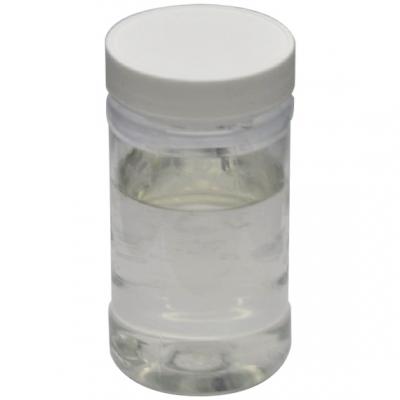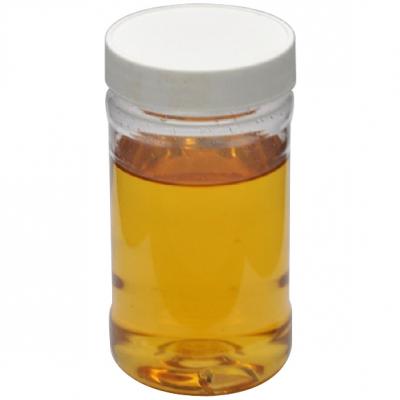The main chain of polydimethylsiloxane is an easily distorted helical straight chain structure, with 2 methyl groups on each silicon atom on the main chain. These 2 methyl groups are in the plane perpendicular to the connecting line of 2 neighboring oxygen atoms, and the three hydrogen atoms of each methyl group are like umbrellas that are spread outwards, completely shielding the oxygen atoms and preventing hydrogen bonding between oxygen atoms and hydrogen atoms in water molecules. This structure gives the fabric strong hydrophobicity, which becomes a problem that must be overcome when used in silicone fabric softener. From the development process of improving hydrophilicity, the main modification methods are as follows:
Polyether-modified silicone oil
Introducing hydrophilic polyether chains into the main chain of polydimethylsiloxane can significantly improve its hydrophobicity.
Polyether-epoxy-modified silicone oil and its amino modification
The main synthesis method of polyether-epoxy-modified silicone oil is to use hydrogen-containing silicone oil, allyl polyether and allyl ether with cyclic epoxy groups to prepare modified silicone oil with side chains containing epoxy groups and polyethers through hydrosilylation reaction. Due to the reactive epoxy groups in the side chains, they can react with hydroxyl, amino or carboxyl groups on the fiber surface, and can also self-crosslink into a film, giving the fabric durability, smoothness, softness, wrinkle resistance and fullness.
With the study of amino-functionalized silicone oil film morphology, it was found that amino can better combine with the fabric to give it a soft touch. Side-chain polyether epoxy silicone oil intermediates with side-chain polyether epoxy silicone oil and α-allyl epoxy compounds and α-allyl polyether by silicon hydride addition reaction were first prepared, and then amino-ether-opening ring reactions with organic amines such as ethylenediamine, piperazine and pyridine were used to obtain amino-functionalized polyether silicone oils. Fabrics processed with it are not only soft and smooth, but also have excellent moisture absorption.
Polyether-amino-modified silicone oil
Polyether-amino-modified silicone oil introduces aminoalkyl and polyether groups on the side chains of polydimethylsiloxane. With the oriented adsorption of amino groups, it can improve the softness and wash resistance of finishing agents. At the same time, under the hydrophilic effect of polyether, it can significantly improve the hydrophilicity of the fabric. The key to synthesis is to balance the softness and hydrophilicity.
Amino and polyether linear block copolymerization
In the late 1990s, A.M. Czech and others from the perspective of molecular design proposed the linear block copolymerization of amino and polyether groups in the silicone backbone to synthesize new linear amino-polyether block copolymers. Due to the anchoring effect of amino groups, the entire polydimethylsiloxane can be firmly attached to the fabric surface, maintaining the original softness and smoothness of polydimethylsiloxane. The hydrophilic polyether chain segment exists on the fiber surface in an inverted form, and water molecules can pass through the fiber surface unimpeded, forming compatibility between softness and hydrophilicity.



 English
English  日本語
日本語  Español
Español  tiếng việt
tiếng việt  Türkçe
Türkçe  ไทย
ไทย  українська
українська  हिंदी
हिंदी  বাঙালি
বাঙালি  اردو
اردو 


